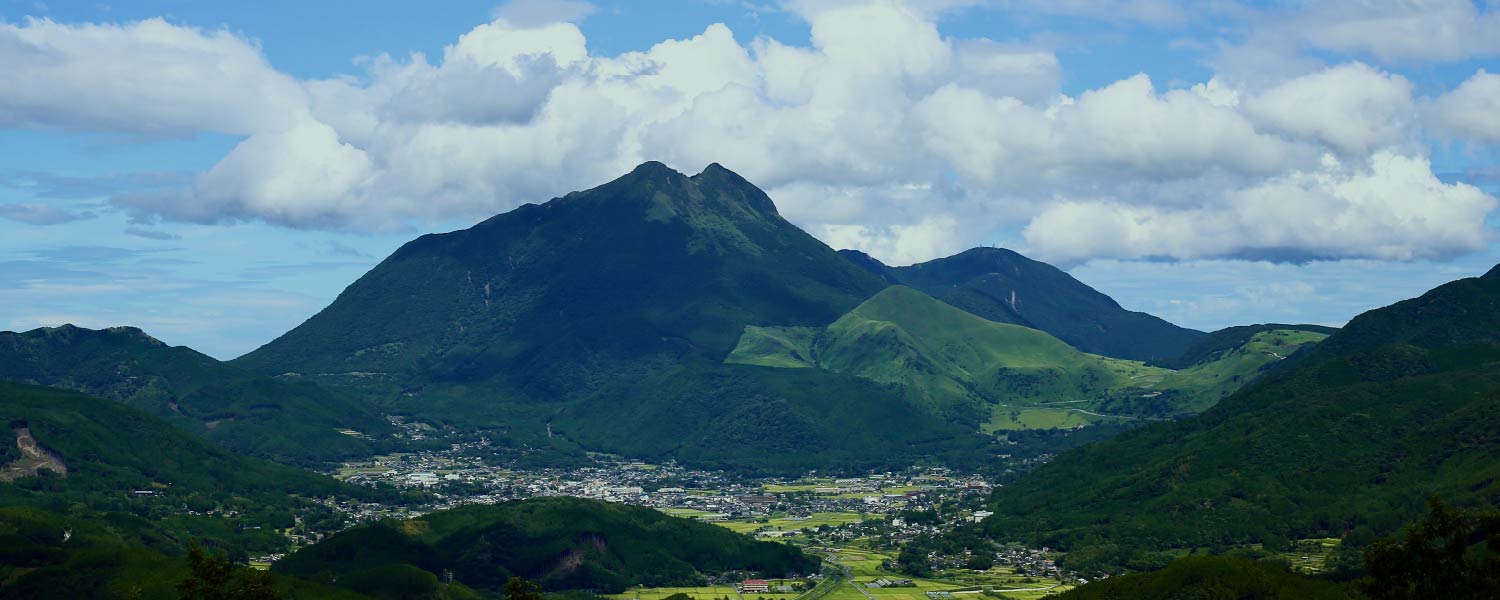Oita Prefecture is located in the northern part of Kyushu, stretching over 6,300 km² of land. Over 70% of this land contains lush forests. It borders Fukuoka, Kumamoto, and Miyazaki prefectures in the north, west, and south, respectively. Oita houses various mountain ranges, including the Kirishima volcanic belt, and several rivers, such as the Chikugo River. The eastern coastline consists of a shallow northern shore, Beppu Bay, and a ria coast in the south. The combination of these aquatic landscapes creates a diverse natural environment.
Oita boasts famous hot springs, especially those in coastal Beppu and in mountainous Yufuin by majestic Mt. Yufu. In addition, Oita is known for its 100% barley shochu, and as the origin of the nationwide shochu boom of the late 1970s. More recently, Oita is in the spotlight in the karaage (fried chicken) boom.










